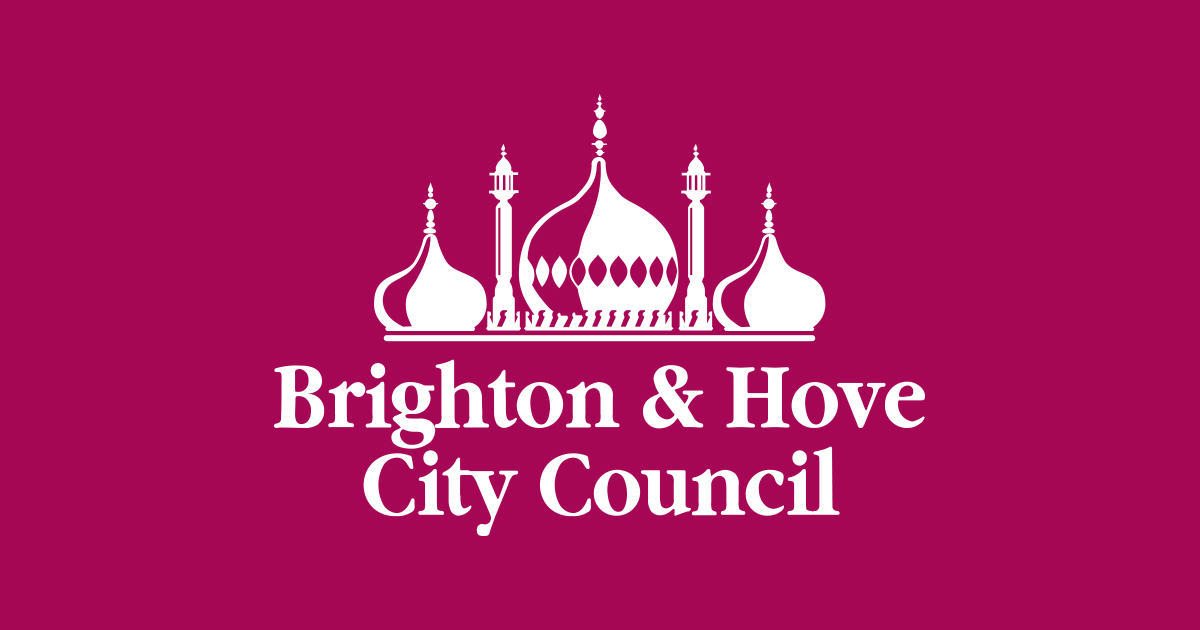Undivided Indian soldiers who fought for our country will be honoured at a new multi-faith event at Royal Pavilion Garden on October 27 at 2pm.
The Undivided India Gate Commemoration will be hosted by Brighton & Hove Mayor Councillor Mohammed Asaduzzaman and members of the Brighton & Hove Multicultural Group.
The new community event has been organised in partnership with Brighton & Hove Museums and is supported by the council. Members of the public are welcome to attend.
Significant role
Soldiers from undivided India – including modern-day India, Pakistan, Bangladesh, Nepal, Bhutan, Sri Lanka and Myanmar (Burma) – played a significant role in ensuring victory in both world wars.
While their contribution is recognised in Remembrance Day events in the city, this new annual multi-faith event aims to build greater awareness of the role our South Asian soldiers played in the war effort, reflecting the diverse religious communities of the sub-continent.
Annual event
Councillor Mohammed Asaduzzaman, Brighton & Hove’s first South Asian mayor, said: “I am delighted to be hosting the first Undivided India Gate Commemoration, which is set to become an annual event in our welcoming and inclusive city.
“Soldiers from across South Asia are a key part of our city’s history. Focusing on our shared heritage – and acknowledging the sacrifices they and others made – fosters a strong sense of community.
“It serves as a bridge to connect people from diverse backgrounds, promote understanding and break down social barriers.”
Councillor Mitchie Alexander, Cabinet member for Culture, Heritage and Tourism, added: “The India Gate was gifted to our city over a hundred years ago, and the new annual event will bring together our brothers and sisters of differing religions and cultural backgrounds, to stand together to honour and respect the many from South Asia who left their homes and families to help in both the First and the Second World War.
“As a city that strives for inclusion for all, it is very important that we are given every opportunity to recognise, remember and celebrate together, no matter our uniqueness.”
History of the Indian Gate
Indian soldiers from various regions, religions and backgrounds served in the British Indian Army and played a significant role in supporting the British Empire’s war efforts.
In World War I (1914-1918), more than 1.5 million soldiers from undivided India served in the British Indian Army; in World War II (1939-1945), more than 2.5 million soldiers made up the largest volunteer army in history.
In addition to combat, Muslim and Buddhist soldiers served in support roles that contributed to the overall war effort.
Military hospitals
During the First World War, buildings in the city, including the Royal Pavilion, Dome and Corn Exchange, were converted into military hospitals to care for around 12,000 Indian soldiers wounded fighting on the Western Front.
The Indian hospitals are marked by two monuments in Brighton, the Chattri on the Downs and the Indian Gate at the southern entrance to the Royal Pavilion Garden.
The Indian Gate was presented to the people of Brighton by the ‘princes and people of India’ as a gesture of thanks for the care provided by the town’s hospitals and is ‘dedicated to the use of the inhabitants of Brighton’.
Sacrifices
It was unveiled by the Maharaja of Patiala in October 1921. During his speech at the opening ceremony, the Maharajah talked of the sacrifices made by Indian men; there was also emphasis around ‘Dr Brighton’, a popular reference to the town’s reputation as a place of healing.
He described ‘Brighton’s abounding hospitality’ and claimed that the town’s fame as a healer ‘was talked of in many hundreds of remote Indian villages’.
In October 2018, the Indian Gate was at the centre of the national Centenary Remembrance events, 1918 Now. The local programme was organised by the Chattri Memorial Group, to remember and honour the Indian soldiers who fought in the First World War.
Work to restore the Indian Gate is being carried out as part of the heritage project to restore the historic Royal Pavilion Garden to its original Regency glory and improve facilities, funded in part by the National Lottery Heritage Fund.
Read more about the unveiling of the Indian Gate on the Brighton & Hove Museums website
